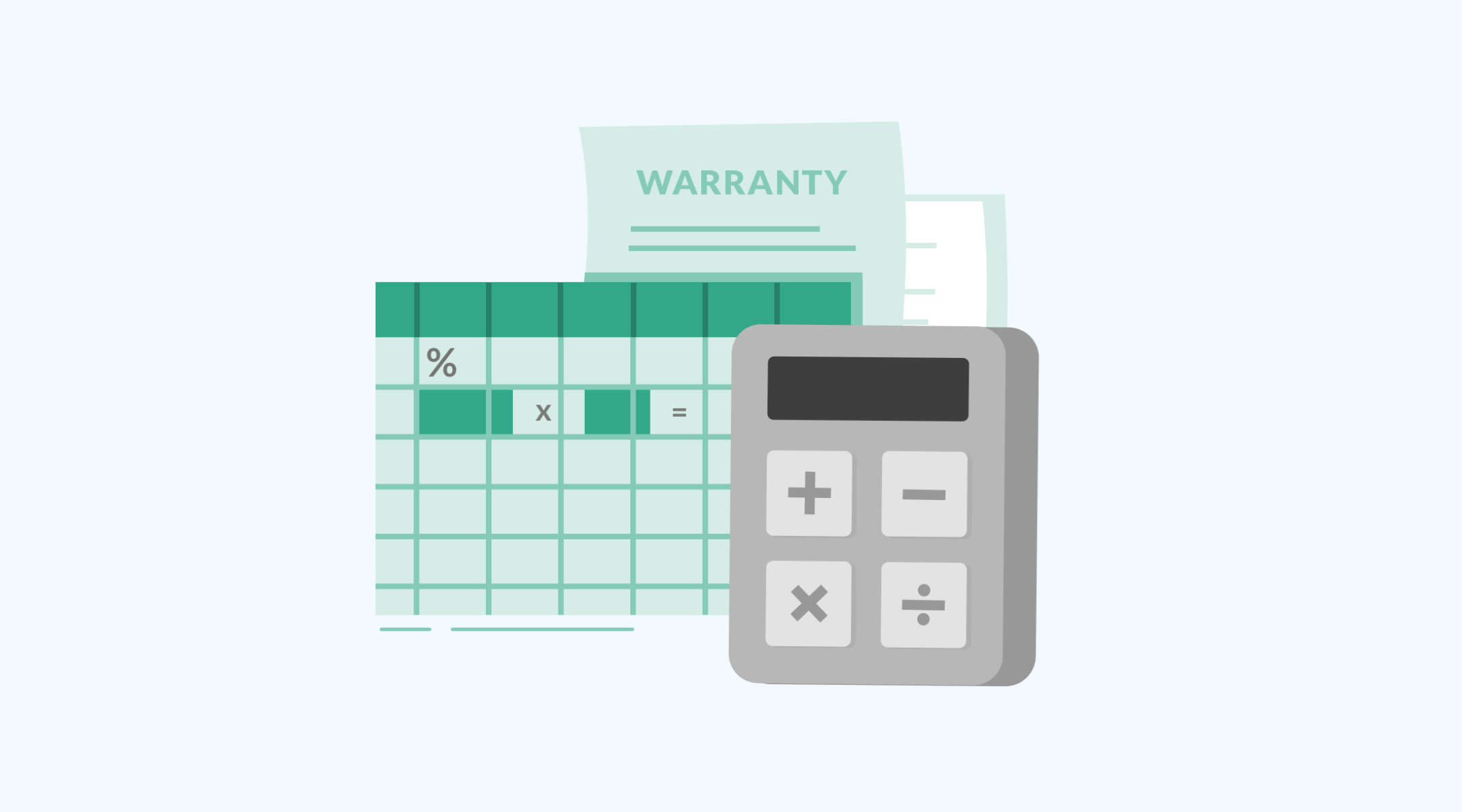Sustainable Development
The United Nations defines sustainable development as follows:
“Sustainable development is development that meets the needs of the present without compromising the ability of future generations to meet their own needs.”
Our Commitment to Green Technology Solutions
Cetaris is committed to helping you comply with new environmental protection regulations. Cetaris EAM software solutions provide your teams with relevant information that can be used to plan and monitor your contributions for the protection of our planet.
The Cetaris services team can help you:
- Create an environmental plan using Cetaris’ greenhouse gas module
- Incent employees to achieve your environmental impact reduction goals
- Include stationary assets to track their fuel and electricity consumption
- Gather other environmental resources
The Greenhouse Gas module allows you to:
- Gather fuel and energy usage data using system integration tools
- Access absolute emissions reporting including direct and indirect consumption data
- Aggregate, filter, and sort emissions data
- Generate emissions scorecards and key performance indicators
- Run data through calculation guidelines for your jurisdiction
For more information, contact Cetaris.









